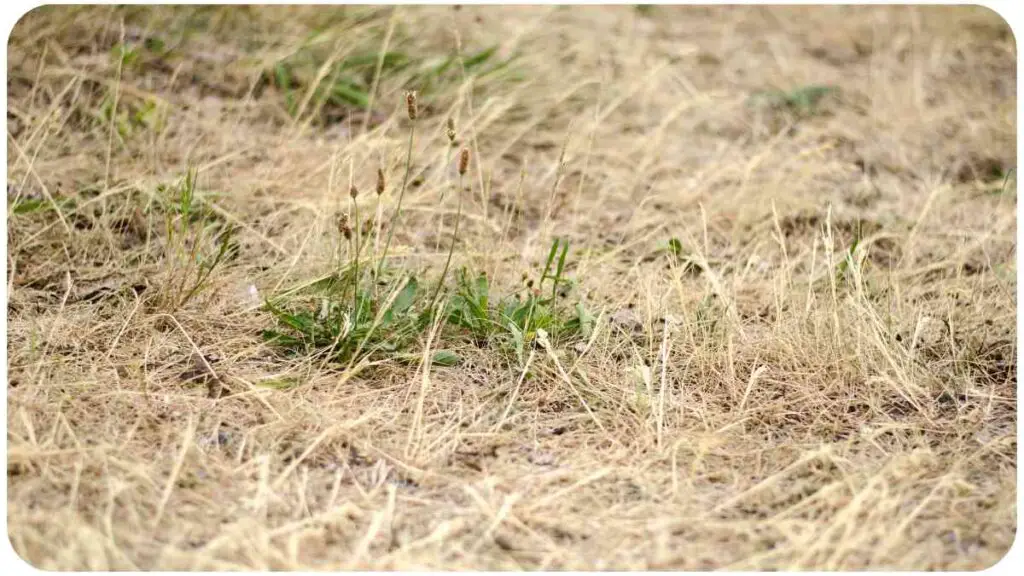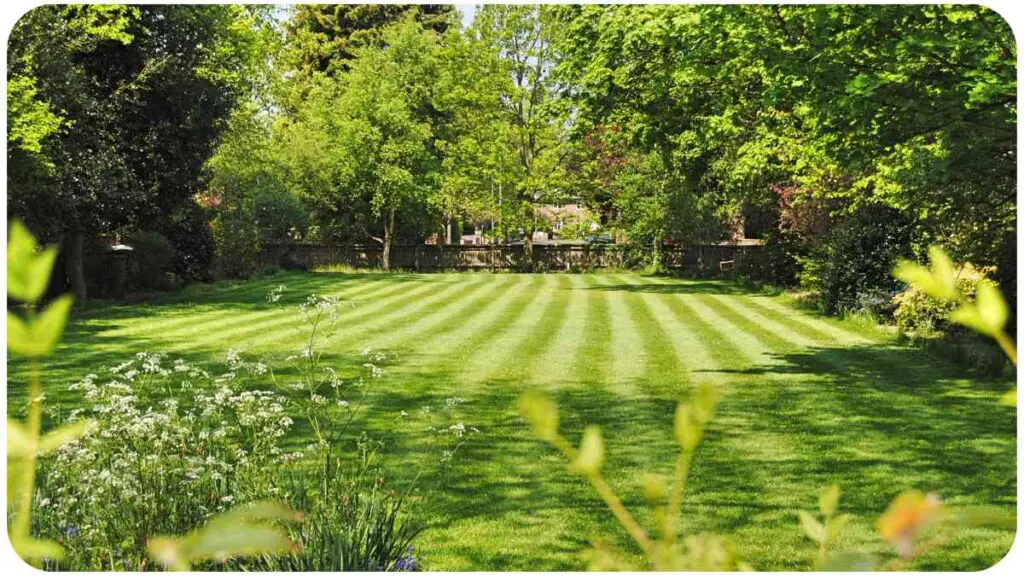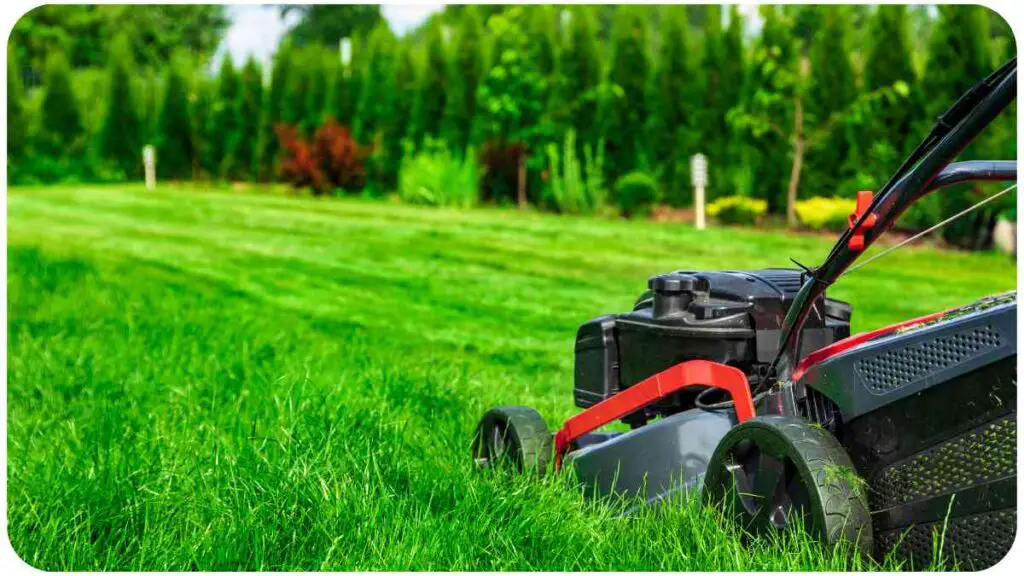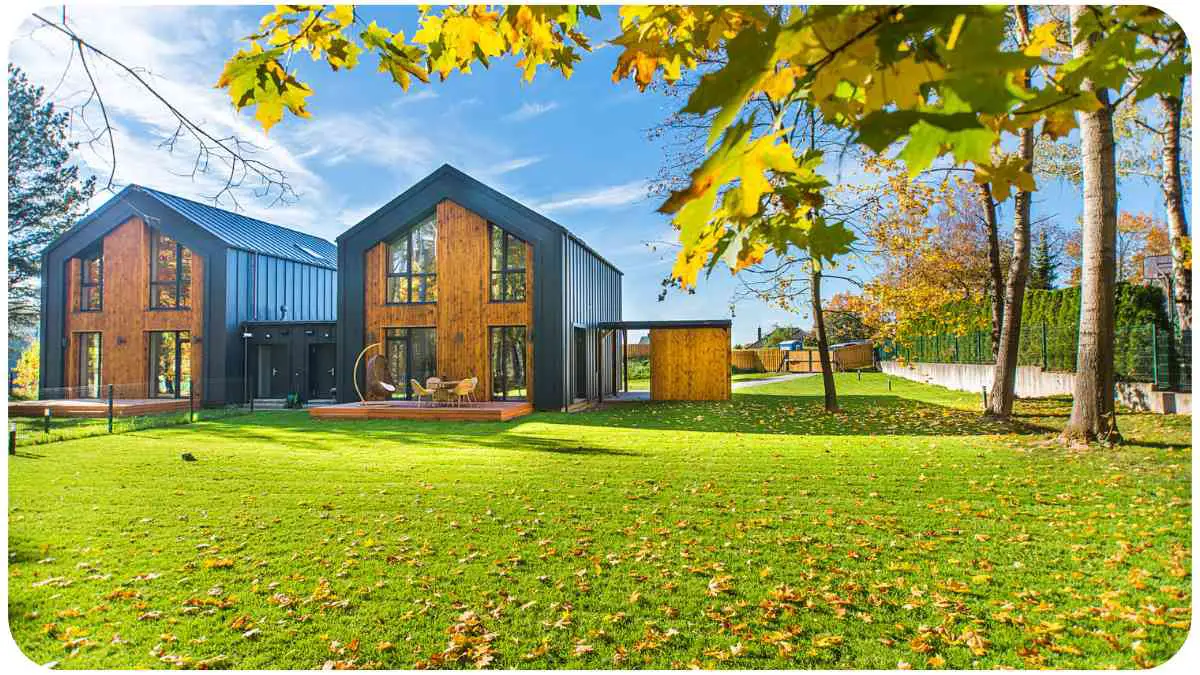You take a stroll through your backyard, expecting a lush green carpet beneath your feet, but instead, you’re greeted by unsightly yellow patches. Fear not, as we embark on a journey to diagnose and rectify the common issues causing these yellow grass woes.
Whether you’re a seasoned gardener or a novice, understanding the root causes is crucial for a vibrant, healthy lawn.
| Takeaways |
|---|
| Proper watering and fertilization are crucial for a healthy lawn. |
| Choosing the right grass type for your region is essential. |
| Regular mowing at the optimal height promotes lush growth. |
| Address soil imbalances through proper testing and adjustments. |
| Natural pest control methods contribute to a healthier lawn. |
| Aeration and dethatching are vital for optimal soil health. |
| Quick patch repair strategies can revive yellowing areas. |
| Consider sunlight and shade needs when selecting grass varieties. |
| Balancing DIY and professional care depends on time and budget. |
| Expert insights and success stories offer valuable guidance. |
2. Understanding the Causes of Yellow Grass

2.1 Lack of Water
2.1.1 Signs of Dehydration
Before diving into solutions, let’s identify signs that your lawn is thirsty. Yellowing, wilting, and a bluish tint are all indicators. To tackle this, establish a consistent watering schedule.
Dealing with yellow grass patches? Explore comprehensive insights into plant fungal issues. Understand how fungal diseases may contribute to your lawn struggles.
2.1.2 Watering Schedule Table
| Grass Type | Watering Frequency | Amount per Session |
|---|---|---|
| Bermuda | 2-3 times a week | 1 inch |
| Kentucky Blue | 1-2 times a week | 1.5 inches |
| Zoysia | 2 times a week | 1.25 inches |
2.2 Soil Imbalances
2.2.1 Testing Your Soil
Yellow grass can often be a result of nutrient deficiencies or imbalances in the soil. Conduct a soil test to pinpoint the issue. Use a soil testing kit or consult with a local agricultural extension service.
2.2.2 Soil Nutrient Table
| Nutrient | Optimal Level | Common Deficiency Symptoms |
|---|---|---|
| Nitrogen (N) | 2-4% | Yellowing, stunted growth |
| Phosphorus (P) | 0.5-1% | Purple tint, slow growth |
| Potassium (K) | 2-4% | Brown edges, weak stems |
3. Proper Mowing Practices

3.1 Mowing Height Matters
3.1.1 Optimal Mowing Heights Table
| Grass Type | Optimal Height | Tolerance to Lowering |
|---|---|---|
| St. Augustine | 3-4 inches | Medium |
| Fescue | 2-3 inches | High |
| Bahia | 2.5-4 inches | Low |
Proper mowing heights vary by grass type, and lowering the blade too much can stress the grass.
3.1.2 Mowing Frequency Guidelines
Maintain a regular mowing schedule, ensuring you cut no more than one-third of the grass height at a time. This promotes healthy growth and prevents shock.
Is your garden suffering from yellow patches? Learn how proper fountain maintenance can positively impact overall garden health, including the grass.
4. Choosing the Right Grass Type
4.1 Grass Varieties for Different Regions
4.1.1 Recommended Grass Types Table
| Region | Recommended Grass Types |
|---|---|
| Northern States | Kentucky Bluegrass, Fine Fescue |
| Southern States | Bermuda, Zoysia, Centipede |
| Coastal Regions | St. Augustine, Bahia |
4.1.2 Adaptability Chart
| Grass Type | Sunlight Needs | Watering Tolerance |
|---|---|---|
| Bermuda | Full sun | Moderate |
| Zoysia | Full sun | Low |
| St. Augustine | Partial shade | High |
5. Fertilization Dos and Don’ts
5.1 Importance of Fertilizing
5.1.1 Key Nutrients for Healthy Lawns
A well-fed lawn is a happy lawn. Ensure your fertilizer includes essential nutrients:
- Nitrogen (N): Stimulates lush, green growth.
- Phosphorus (P): Supports root development.
- Potassium (K): Enhances disease resistance.
5.1.2 Fertilization Schedule Table
| Season | Fertilization Frequency | Recommended Fertilizer |
|---|---|---|
| Spring | Once | 20-10-10 (N-P-K ratio) |
| Summer | Every 6-8 weeks | 15-5-15 or 10-10-10 |
| Fall | Once | 10-20-20 or 16-4-8 |
6. Dealing with Pests
6.1 Identifying Lawn Pests
6.1.1 Common Lawn Pests Table
| Pest | Damage Signs | Natural Control Methods |
|---|---|---|
| Grubs | Brown patches, wilting | Beneficial nematodes, milky spore |
| Chinch Bugs | Irregular yellowing, dead spots | Neem oil, insecticidal soap |
| Sod Webworms | Thinning and yellowing | Bacillus thuringiensis (Bt), spinosad |
6.1.2 Natural Pest Control Options
Consider introducing beneficial insects like ladybugs or creating a bird-friendly environment to naturally control pests.
Yellow grass troubles? Dive into effective sprinkler system troubleshooting and repair methods. Ensure your lawn thrives with a properly functioning irrigation system.
7. Sunlight and Shade Considerations
7.1 Assessing Sunlight Exposure
7.1.1 Sunlight Requirements Table
| Grass Type | Sunlight Needs | Shade Tolerance |
|---|---|---|
| Kentucky Blue | Full sun to part shade | Moderate |
| Zoysia | Full sun | Low |
| Fine Fescue | Shade to part shade | High |
7.1.2 Shade-Tolerant Grass Varieties
Consider mixing shade-tolerant varieties like Fine Fescue with sun-loving ones to balance your lawn’s needs.
8. Aerating and Dethatching
8.1 Importance of Aeration
8.1.1 Aeration Frequency Table
| Lawn Size | Recommended Aeration Frequency |
|---|---|
| Small (up to 1,000 sq ft) | Every 1-2 years |
| Medium (1,000-5,000 sq ft) | Annually |
| Large (5,000+ sq ft) | Biannually |
8.1.2 Dethatching Techniques
Use a dethatching rake or machine to remove thatch, allowing water, air, and nutrients to reach the roots effectively.
Combatting yellow grass? Discover tips for addressing soil compaction to promote healthier plant growth, ensuring a lush and vibrant lawn.
9. Overcoming Common Lawn Challenges

9.1 Patch Repair Strategies
9.1.1 Quick Repair Guide
- Identify the Cause: Diagnose the underlying issue causing the yellow patch.
- Reseed or Sod: Depending on the severity, reseed or sod the affected area.
- Follow Proper Care: Ensure consistent watering and fertilization for quick recovery.
Struggling with yellow grass patches? Explore ways to improve garden drainage and rectify common issues affecting your lawn’s hea
9.1.2 Seasonal Challenges and Solutions
| Season | Common Challenges | Solutions |
|---|---|---|
| Summer | Heat stress, drought | Increase watering, provide shade |
| Winter | Frost damage | Cover sensitive grass, use frost-resistant varieties |
10. DIY vs. Professional Lawn Care
10.1 Pros and Cons Table
| Approach | Pros | Cons |
|---|---|---|
| DIY | Cost-effective, hands-on involvement | Time-consuming, requires effort |
| Professional | Expertise, time-saving | Higher cost, reliance on others |
10.2 Budget Considerations
Consider your time availability and budget when deciding between DIY and professional lawn care.
12. Conclusion
In the journey to revive your lawn from those pesky yellow patches, a holistic approach is key. Understand the unique needs of your grass, address underlying issues, and follow a comprehensive care routine.
Whether you’re a DIY enthusiast or opt for professional help, a lush, green lawn is within reach.
Now, armed with knowledge, go forth and transform those yellow patches into a vibrant sea of greenery!
Further Reading
- Absolute Lawn Pros: 9 Reasons Your Lawn is Yellow and How to Fix It
- Explore nine common reasons for yellowing lawns and effective solutions provided by Absolute Lawn Pros.
- Premier Lawns: Why Is My Lawn Turning Yellow?
- Premier Lawns sheds light on the factors causing your lawn to turn yellow, offering insights into potential remedies.
- Crabgrass Lawn: Why Is My Grass Turning Yellow?
- Discover comprehensive information on why grass may turn yellow and practical tips on addressing this issue from Crabgrass Lawn.
FAQs
Why is my lawn turning yellow?
Uncover the common culprits behind yellowing lawns and learn effective strategies to restore your grass to its lush green state.
How can I determine if my grass needs more water?
Explore signs of dehydration in your lawn and establish a proper watering schedule to keep it healthy and vibrant.
What are the key nutrients necessary for a green and healthy lawn?
Learn about the essential nutrients like nitrogen, phosphorus, and potassium that contribute to a thriving, green lawn.
Is it possible to control lawn pests naturally?
Discover natural methods to identify and control common lawn pests, promoting a pest-free and healthy environment for your grass.
What is the optimal mowing height for different grass types?
Understand the importance of mowing at the right height for various grass varieties, promoting healthy growth and preventing stress.

Hi! My name is Hellen James, and I’m here to help you with your home-maintenance needs. Whether it’s building a better yard or just trying to fix a garden—I can show you how.


